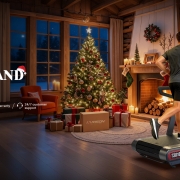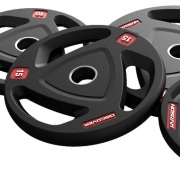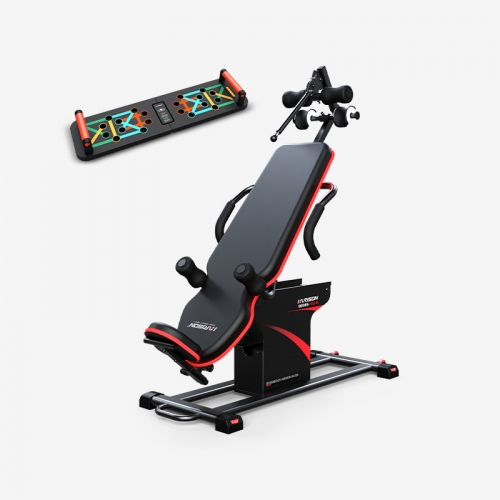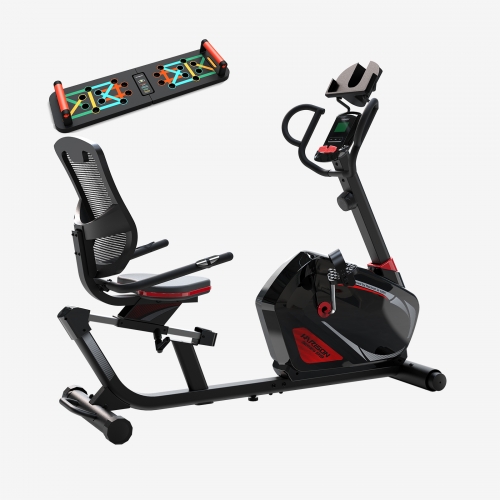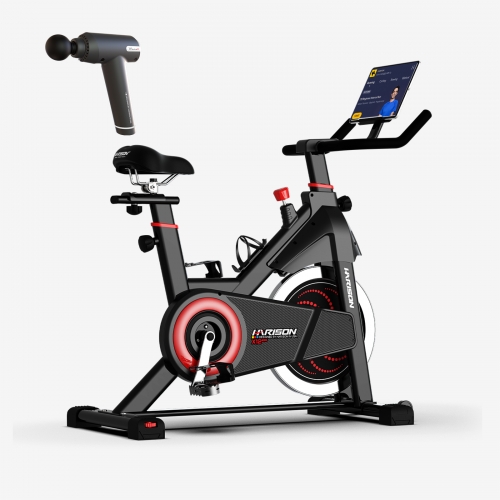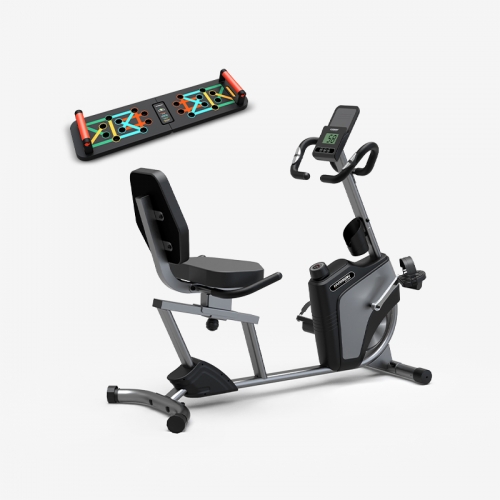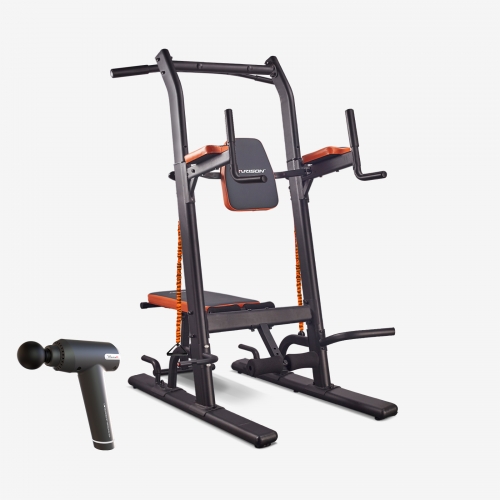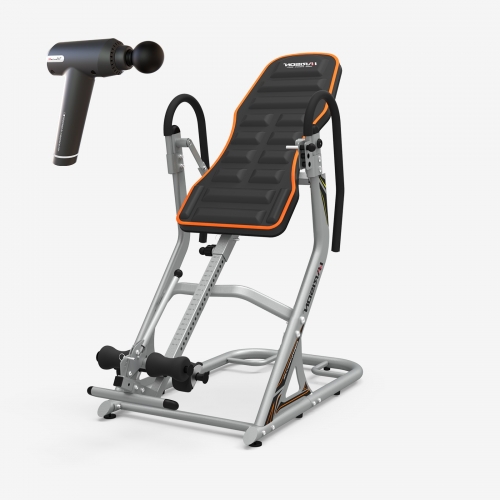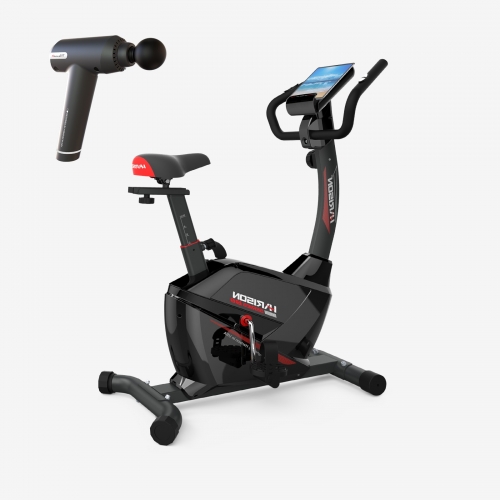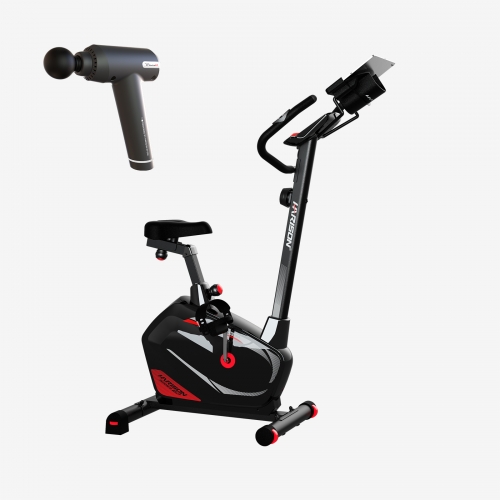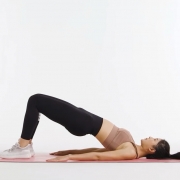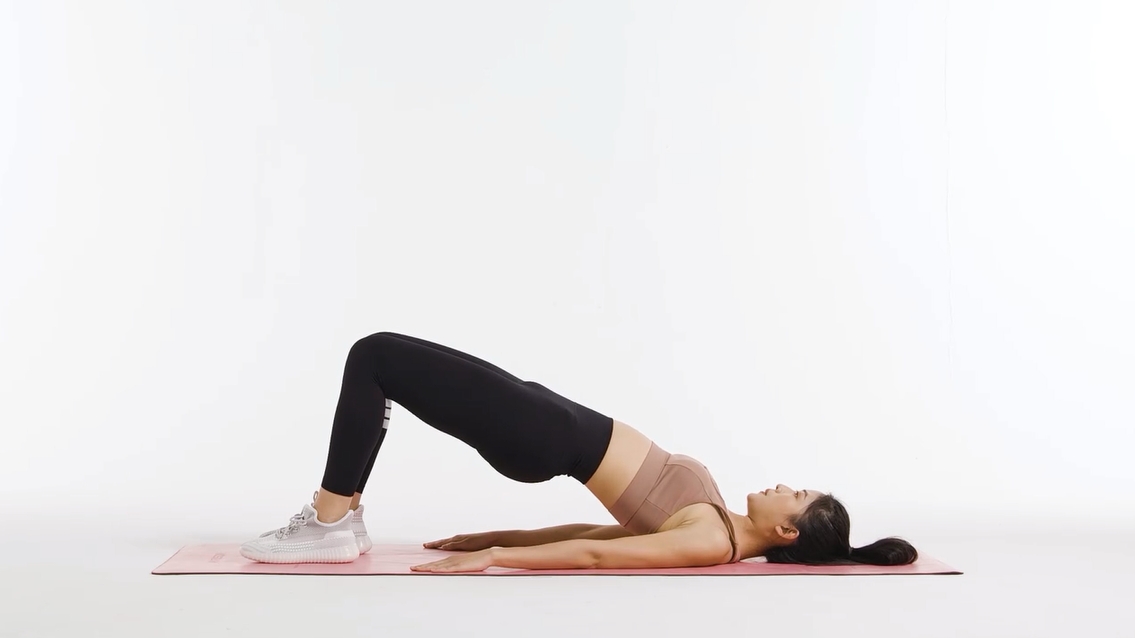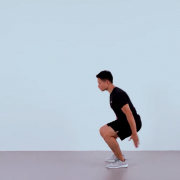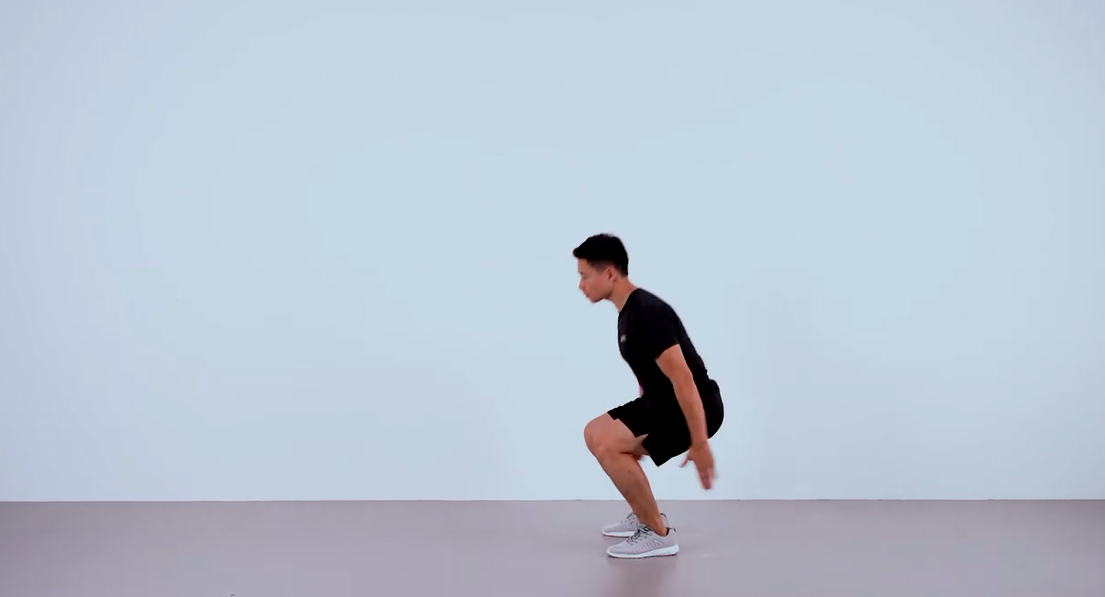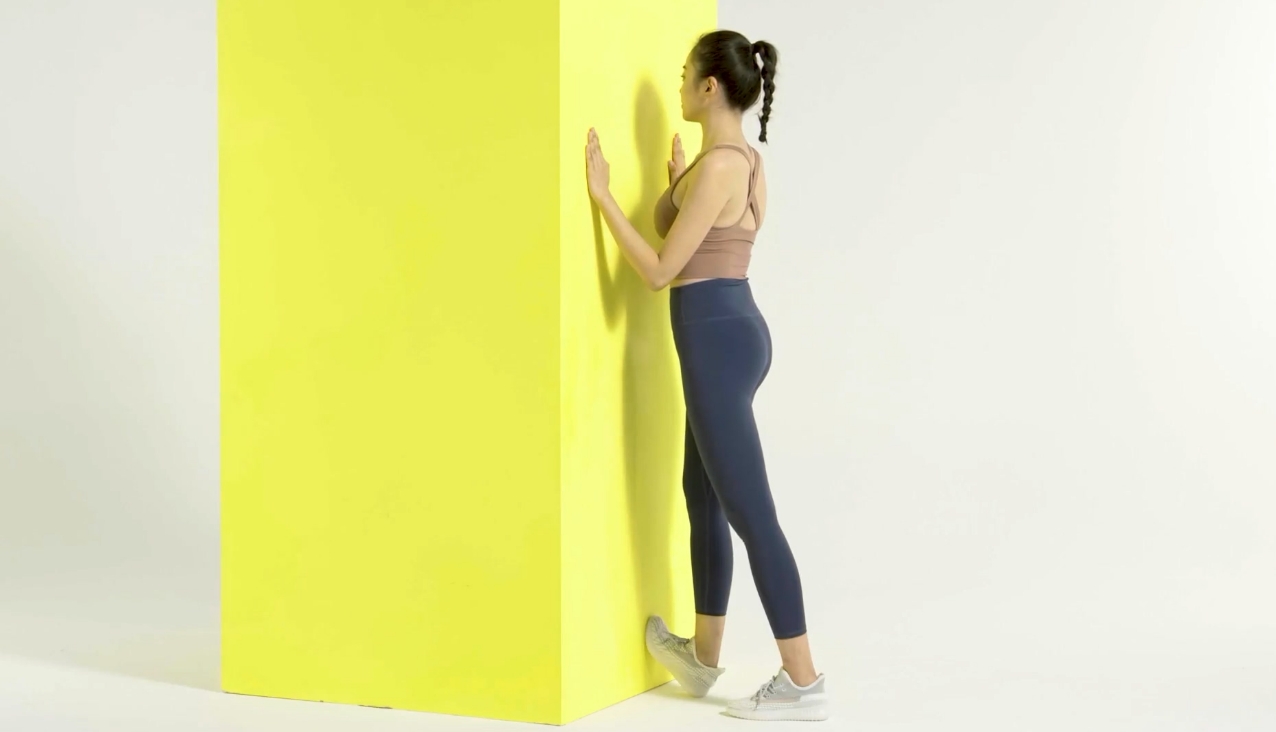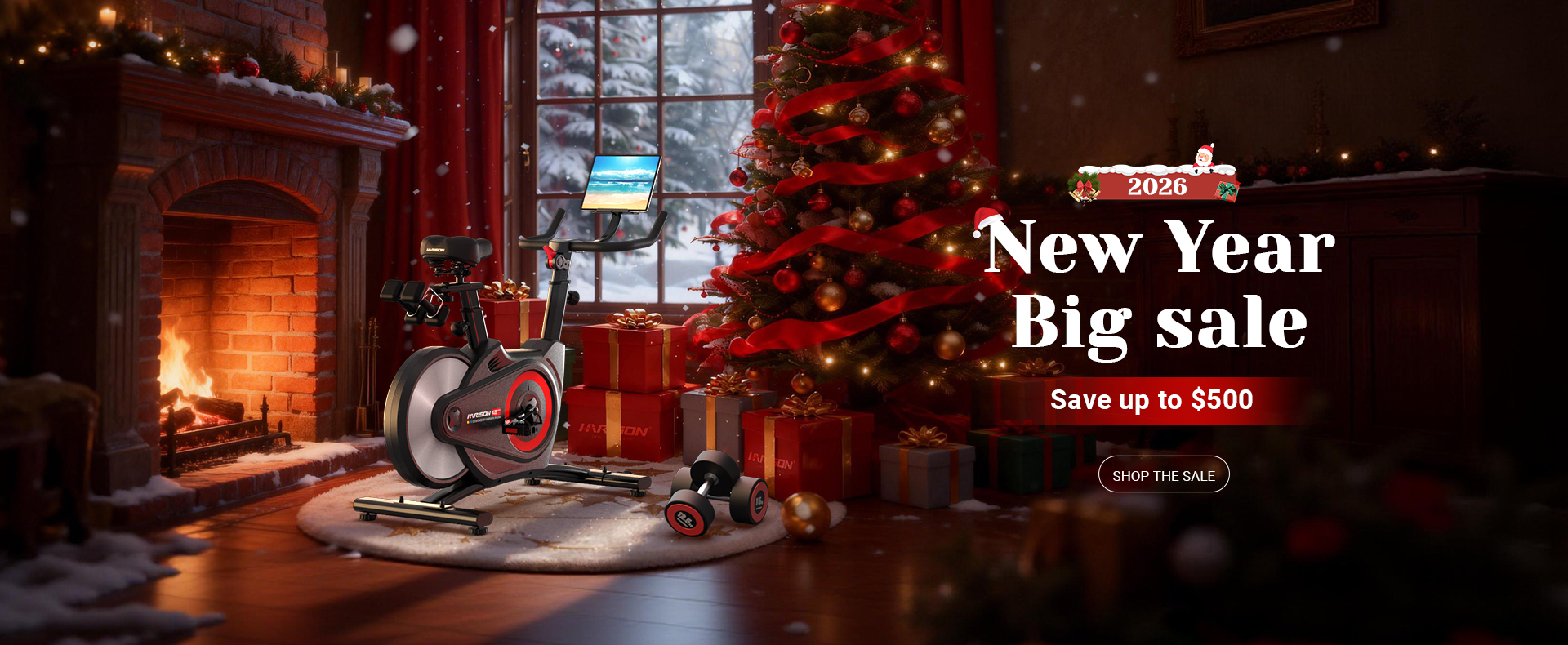Deck Your Home Gym with Savings! HARISON’s Christmas & New Year Sale is ON! 🎄✨
‘Tis the season to be fit, and to be merry! 🎅 Here at HARISON, we believe the best gift you can give yourself and your loved ones is the gift of health, strength, and a vibrant lifestyle. That’s why we’re overflowing with joy to announce our biggest seasonal celebration of the year: the HARISON Christmas & New Year Sale is NOW OFFICIALLY LIVE!
For a limited time, we’re wrapping up incredible savings on the equipment you’ve been dreaming of. It’s the perfect opportunity to build your all-in-one home gym and kickstart 2025 with powerful momentum. No more waiting for crowded gyms or compromising on your fitness goals—your ultimate workout sanctuary awaits, now at a spectacular price.
Unwrap Incredible Savings: Up to $500 OFF! 🎁
This holiday season, we’re passing the savings directly to you. Discover amazing discounts across our most-loved collections, with maximum savings reaching $500! Whether you’re looking for a state-of-the-art treadmill, a space-saving elliptical, a full-strength training setup, or smart connected bikes, there’s a deal here with your name on it.
Imagine: that premium equipment you’ve had your eye on, now within reach. It’s more than a discount; it’s an investment in your well-being that keeps giving back every single day.
Why Build Your Gym with HARISON Now?
Premium Quality, Holiday Price: Get commercial-grade durability and innovative smart features (hello, free HARISON App! 👋) for your home, without the premium price tag.
One-Stop Fitness Solution: From cardio to strength to recovery, we have everything you need to create a complete, cohesive home gym experience. Talk about convenience!
The Gift That Keeps on Giving: Skip the ordinary presents. A HARISON home gym is a transformative gift of energy, confidence, and health for years to come. It’s a win for the whole family!
How to Claim Your Holiday Deal (It’s Easy!)
Click to Explore: Don’t wait for the ball to drop! CLICK HERE [Promotional Products] to visit our special Christmas & New Year Sale collection page.
Find Your Perfect Match: Browse all the discounted products. Use our filters to find exactly what fits your space and goals.
Shop & Save Securely: Add your favorites to the cart. Your discount will be automatically applied at checkout—seamless and satisfying!
Celebrate & Conquer: Unbox your new gear, set it up (we have easy-to-follow videos!), and step into the New Year ready to crush every goal.
Have Questions? Our Elves Are Here to Help! 🧑🎄
We want your shopping experience to be as joyful as the season. If you need guidance choosing the right equipment or have any questions, our friendly customer care team is just an email away.
📧 Reach out to us at: service@harisonfitness.com
Hurry, These Cheerful Prices Won’t Last Forever! ⏰
This special holiday offer is our thank-you to our amazing community. But like the holiday season itself, it’s fleeting. The sale will end soon, and inventory on popular items is already moving fast—don’t let your dream setup sell out!
Give yourself the ultimate holiday upgrade. Transform a corner of your home into a source of energy, achievement, and pride.
👉 [JOIN THE HOLIDAY SALE & SAVE UP TO $500 NOW]
From our HARISON family to yours, we wish you a healthy, happy, and strong holiday season and a phenomenal New Year! May it be your fittest one yet.
Happy Holidays and Happy Lifting! 🎉💪
